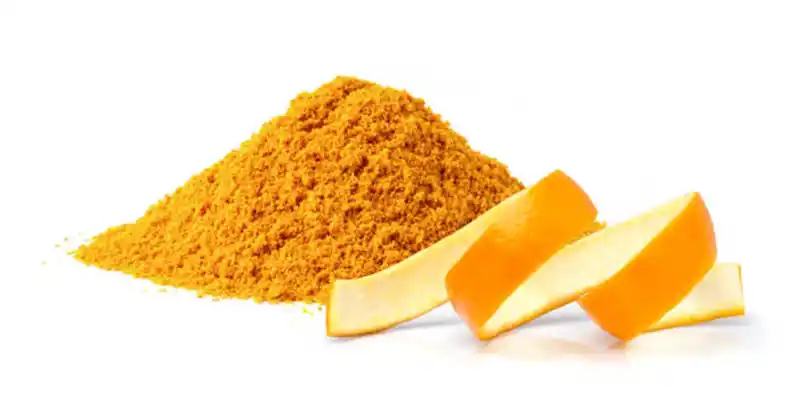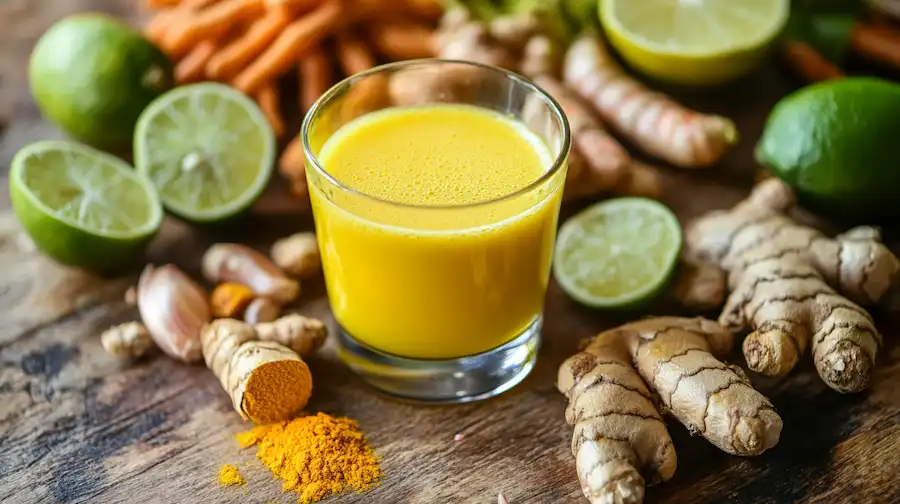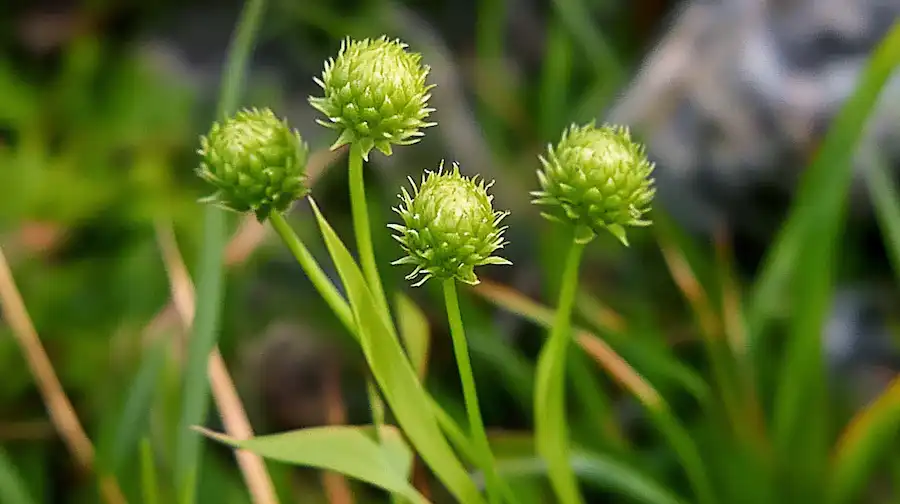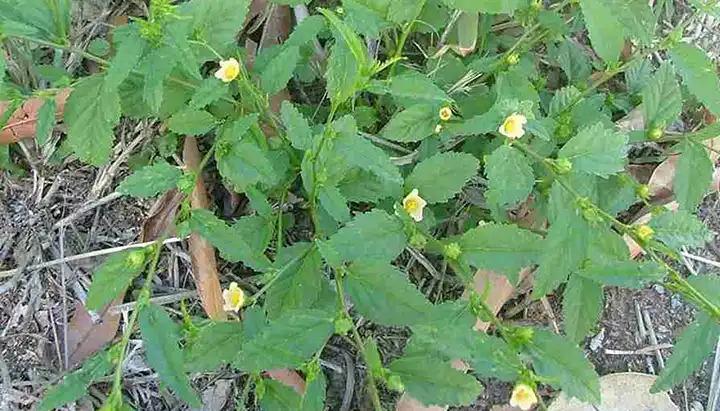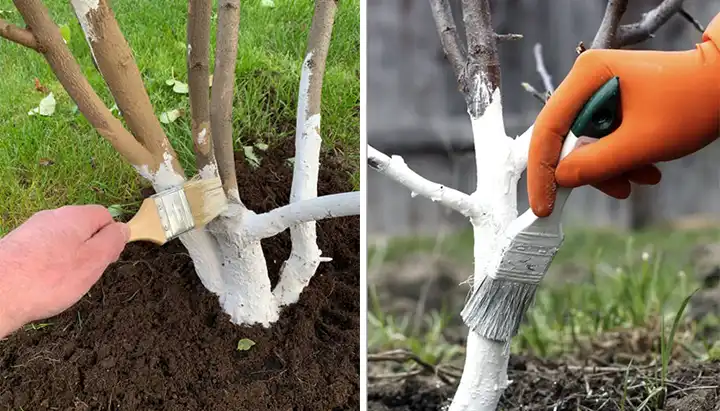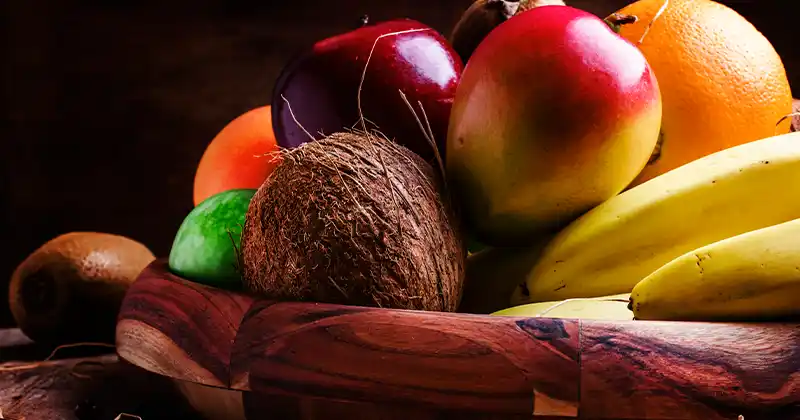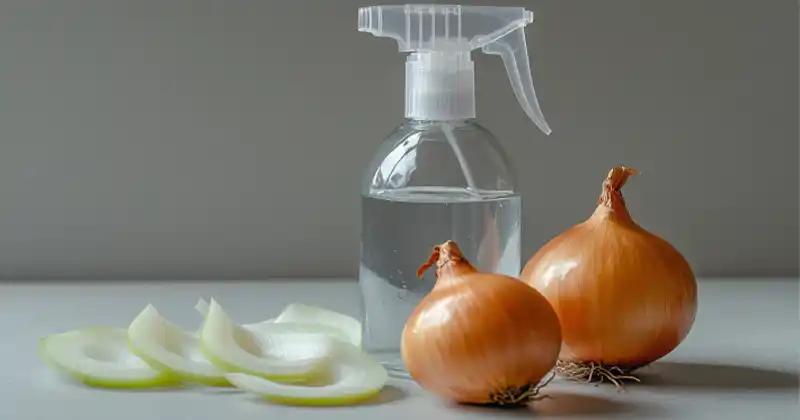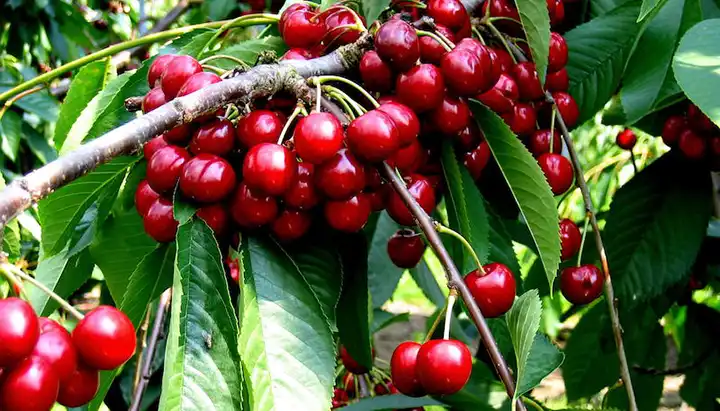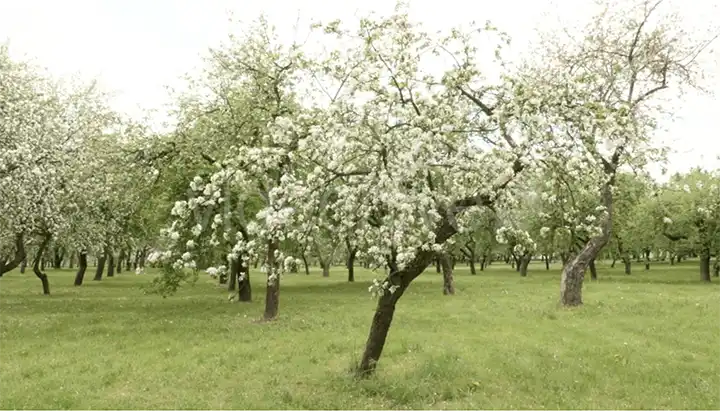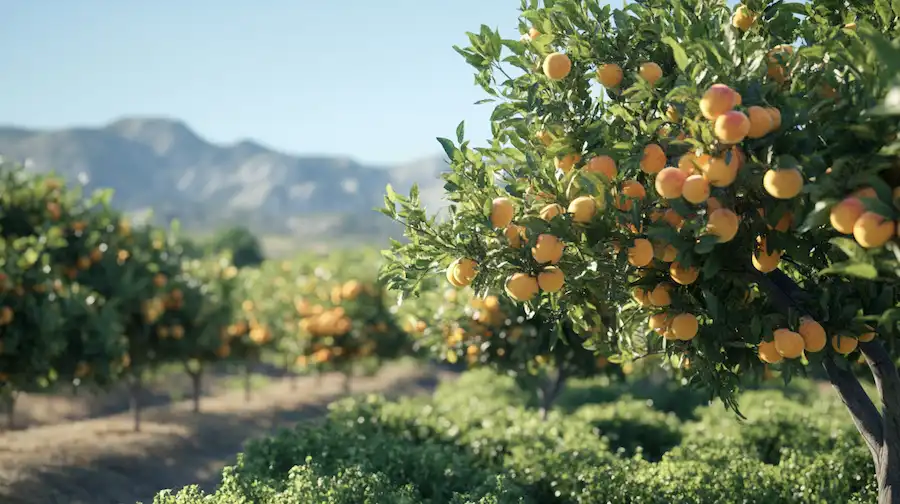Propagating Guava Trees by Air Layering with the Help of an Orange
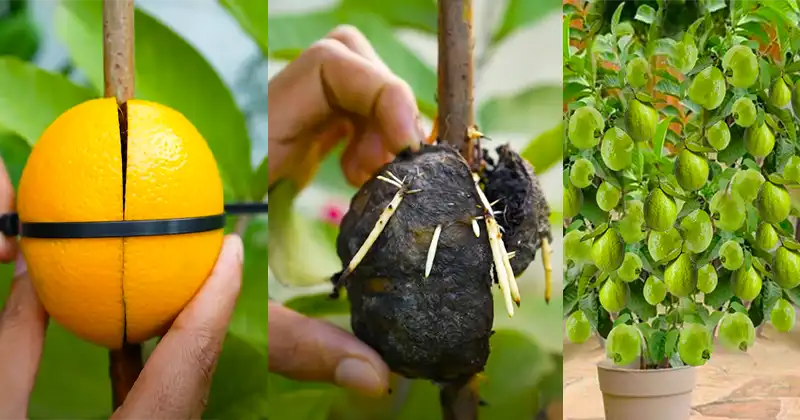
Air layering is a popular technique used by gardeners and horticulturists to propagate plants, including fruit trees like guava. This method allows for the development of new roots on a branch while still attached to the parent plant, ensuring a high success rate when transplanting. What makes this method even more fascinating is the innovative use of a simple orange, serving as a makeshift cast to hold the air layering material in place. In this article, we will explore the step-by-step process of propagating guava trees by air layering using an orange, a technique that has gained popularity among gardening enthusiasts.
Materials Needed:
- Guava tree with a suitable branch for air layering.
- Fresh orange, cut in half.
- Coco peat mix (coco peat mixed with water).
- Plastic wrap or a plastic bag.
- String or zip ties.
- A pair of pruning shears.
The Step-by-Step Process:
- Select the Branch: Begin by identifying a healthy and suitable branch on your guava tree for air layering. This should be a branch that you wish to propagate and grow as a new plant.
- Prepare the Orange Cast: Take a fresh orange and carefully slice it in half. Remove the interior fruit, leaving two empty orange halves. These will act as your “casts” to hold the air layering material.
- Fill with Coco Peat Mix: Prepare a moist coco peat mix by mixing coco peat with water. The consistency should be damp but not too wet. Fill both halves of the orange with this coco peat mixture. Ensure that it is packed in firmly but not too compacted.
- Assemble the Orange Cast: Place one half of the orange on one side of the selected branch and the other half on the other side, effectively sandwiching the branch. The coco peat mix inside each half will come into contact with the branch. This setup will hold the air layering material securely in place.
- Secure with String or Zip Ties: Use string or zip ties to secure the two halves of the orange firmly around the branch. Make sure it is tight enough to keep the coco peat mix in place and maintain contact with the branch.
- Create a Mini Greenhouse: To create the optimal environment for root development, wrap the entire setup with plastic wrap or a plastic bag. This acts as a mini greenhouse, trapping moisture and warmth, which encourages root growth.
- Wait for Root Development: Leave the air layering setup undisturbed for about 40 days. During this period, ensure that the plastic wrap or bag remains intact and moist. The branch will develop roots within this time.
- Check for Root Development: After the 40-day period, carefully remove the plastic wrap or bag and the orange cast. You should find that the branch has developed a healthy set of roots. These roots are now ready for transplanting.
- Transplant the New Guava Plant: Using a pair of pruning shears, cut the branch below the newly formed root system. The branch with roots can now be potted or planted in a suitable location, where it will grow into a new guava tree.
Conclusion
Propagating guava trees by air layering with the help of an orange is an ingenious method that allows gardeners to create new plants with a high success rate. This innovative approach not only simplifies the process but also demonstrates the resilience and adaptability of nature. So, if you’re looking to expand your guava orchard or share this fascinating method with fellow gardeners, give air layering with an orange a try, and enjoy the satisfaction of growing your own guava trees from established branches. Happy gardening!
